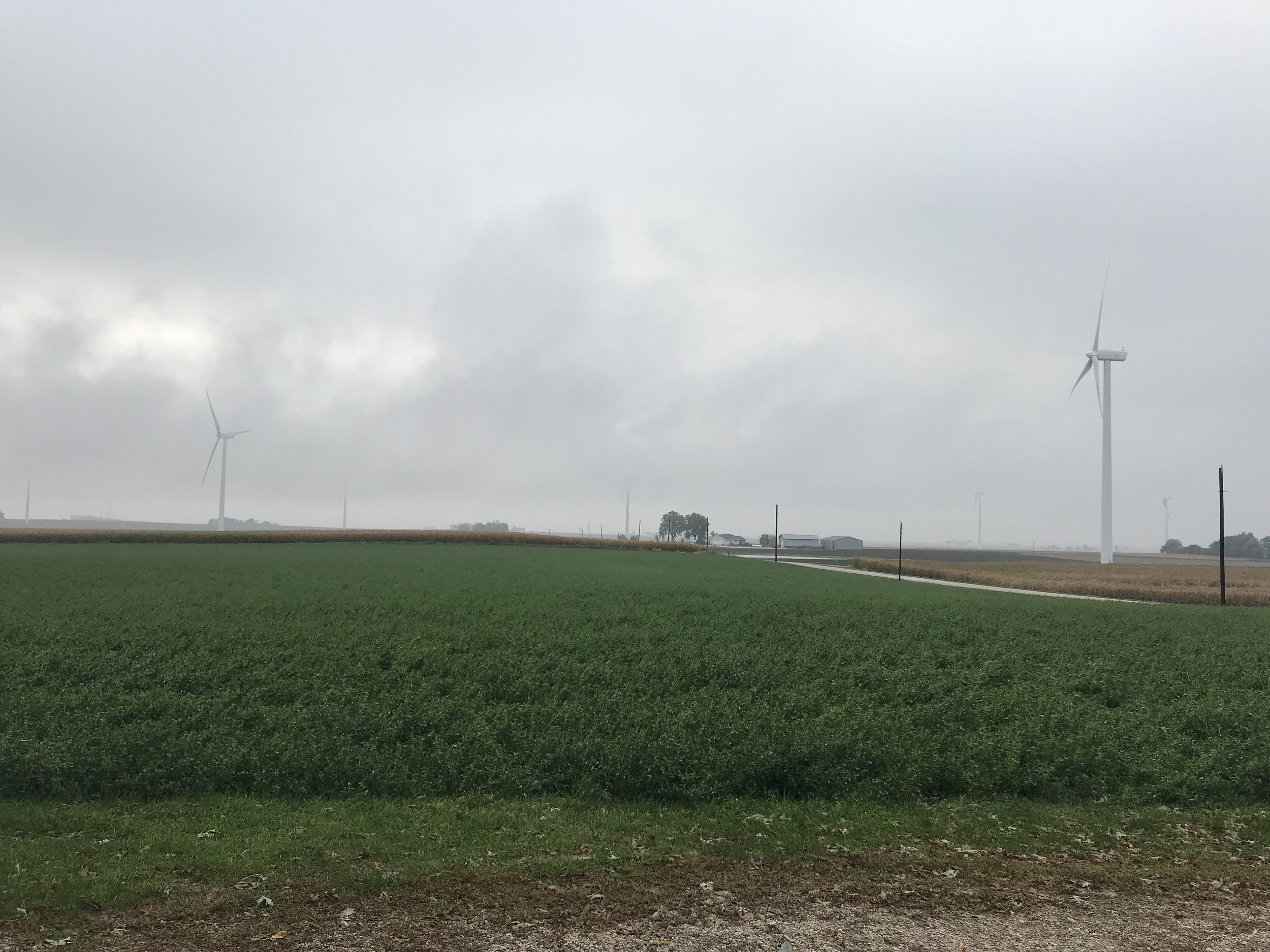I was a relatively early adopter of the iPhone - I had a first generation model, and I’ve had at least every-other model since (e.g. I didn’t have an iPhone 3G, but I had an iPhone 3Gs, no 4, but a 4s, etc). I also have a couple of personal characteristics that make me a danger to such devices - I have a tendency to drop things, and a tendency to put such devices directly into harms way (by doing things like using the phone to track cycling speed and distances, etc), which turns out to be a potentially dangerous and costly combination (I managed to break the screen on my 3Gs within a day or so of getting it).
I’ve tried a variety of cases over the years, but when it became clear that I was going to need something protective, and something that would support mounting in my car and on my bike/trike, my search narrowed. Otterbox had already established itself early on as a leader in the protective case market, but I did not care for the bulk that it added on to the phone itself, and it left me high and dry for mounting options. And then I discovered Rokform.
I don’t recall how I came across them - likely through an internet search. But what they offered was a considerably sleeker protective case option, with a combination of both a bespoke mechanical mounting system, and a magnetic alternative or backup. And they offered mounts that worked with this in the car, and specific mounts for cycling, motorcycles, etc. I bought my first Rokform case for an iPhone 4s, and paired them with both the car mounting system and a mount for my road bike. I had to use the motorcycle mount and attach it to the handlebar, since Rokform’s bike-specific mount is designed for bikes with a 1 1/8" stem, something that hadn’t come along yet when my 1987 Cannondale SR400 was built. But it worked nicely once I’d sorted that out.
When I got my Catrike Pocket, I first installed the bike-specific mount on the 1 1/8" stem on the right handlebar (I’d purchased it for the Cannondale before I realized it wouldn't work, so it was already around), but then later decided to transfer the motorcycle mount from the Cannondale to the Pocket (I very rarely ride the Cannondale any more). This is mounted to the front accessory mount, which puts the phone front and center, but below my traffic sightlines. I can see my speed, distance, etc, readily when I want that information. Between the Cannondale and the Catrike I’ve been using the motorcycle mount, trouble-free, since at least 2015 or so.
But I came in the other evening after a ride, pulled my phone out of my pocket and sat on the couch, and saw a piece of plastic fall out of the back of the phone. Upon closer inspection it was clear that this was one of the tabs off of the motorcycle mount’s RokLock - the plastic holder that physically connects the phone’s case with the mount.
When I looked at it later, it was pretty substantially broken:

To the credit of the device - likely due in part to the magnetic backup - the phone stayed in place the entire ride without incident. I hadn’t noticed this till I got back.
Still, I was frustrated. Yes, I’ve had this mount for three years, and it gets pretty regular use. But Rokform’s products are not inexpensive, and I’ve viewed them as falling into the category of getting what you pay for. I didn’t relish the idea of shelling out for another motorcycle mount, but I pulled out the iPad and navigated to the company’s website.
What I noticed, as I was looking over the page, was a link in the menu for replacement parts. Following that, I discovered that, in fact, you can get a pack of three RokLocks, along with the torx screws that hold them on, for $2.99. That’s a buck a piece before shipping, and leaves me with two additional pieces for repairs down the road if I need them.
I ordered away. Once they came in, the repair was straightforward - unscrew the screw from the back, remove the old RokLock, mount the new one, and screw it back in. Honestly, the part of the activity that took longest was locating my torx screwdriver (this is not an item for which find regular use - I’m probably fortunate I was able to turn it up at all). Once the new one was mounted one could see why it’s important for the RokLock to be intact:

The upshot of all of this is that, by making these replacement parts available at an incredibly reasonable price, Rokform retains, for me at least, the worth-what-you-pay-for status. If one is going to step out and invest in a high-end system for protecting and mounting electronics in harm’s way, its good to know the company has recognized where their products might fail, and has devised a reasonable, low cost and low effort way to get them back up and running. Kudos to Rokform!








